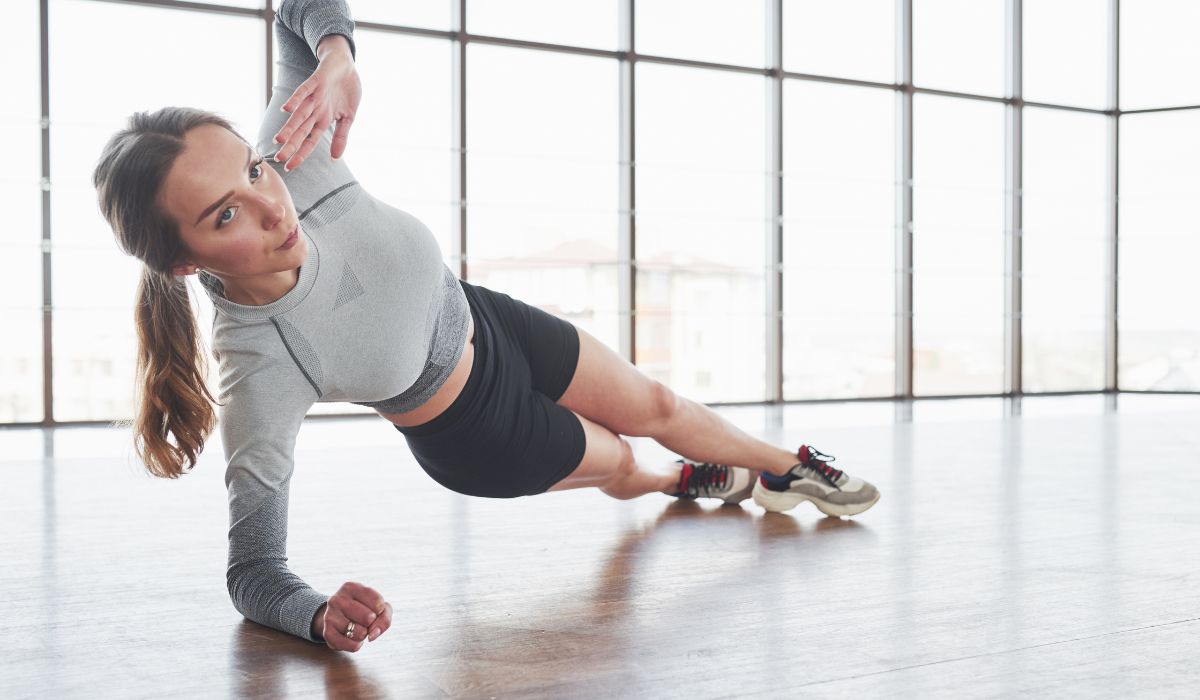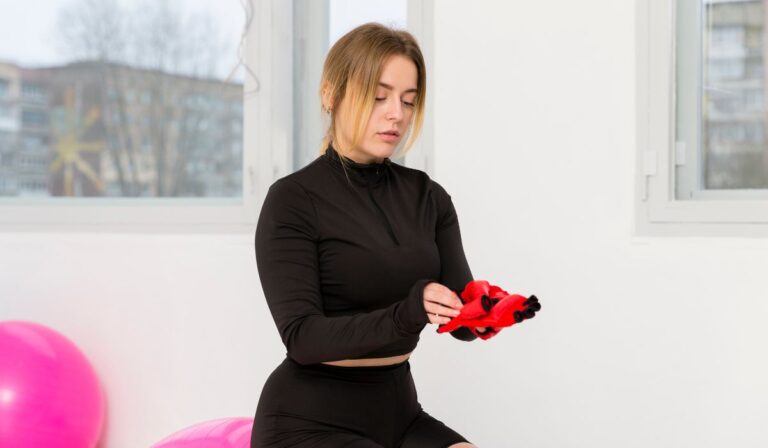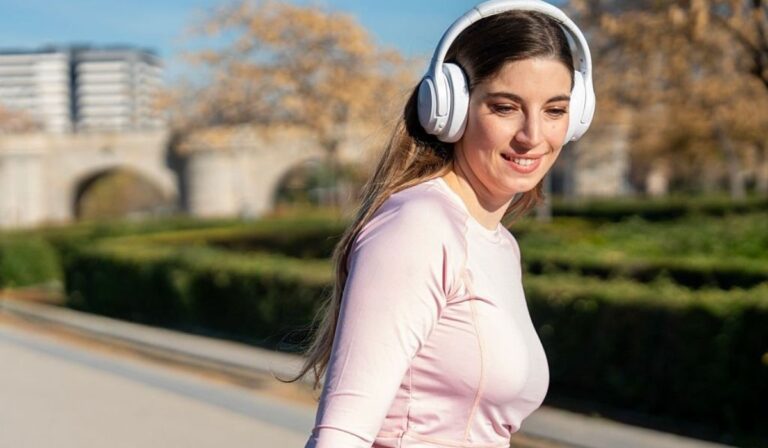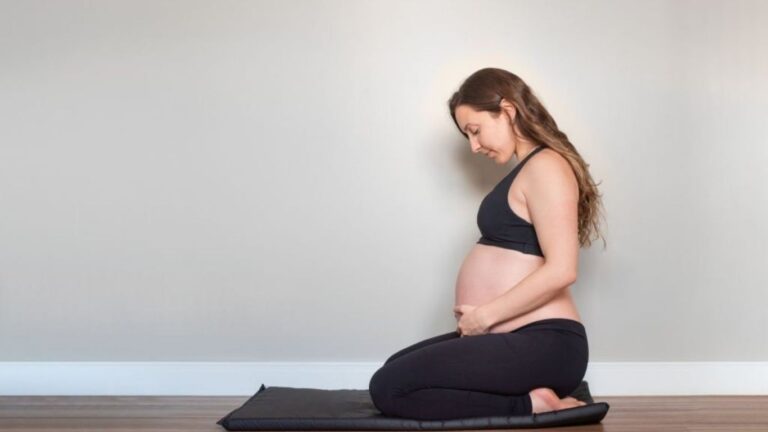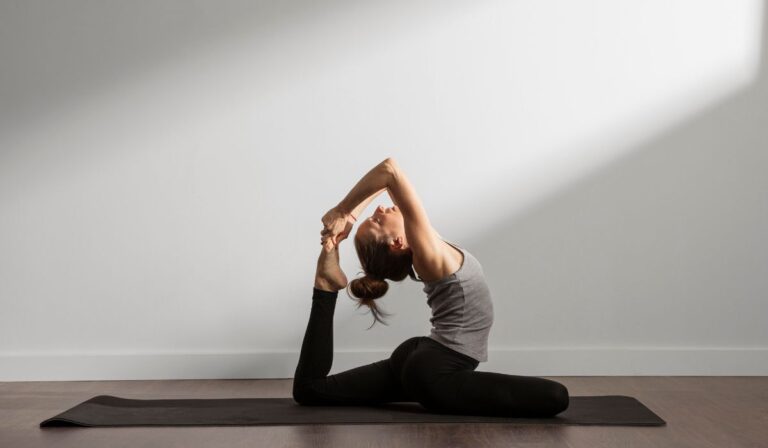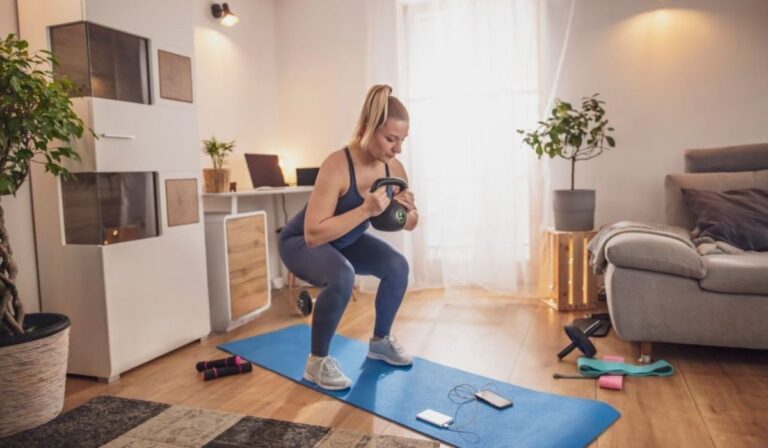“I’m More Active at 65 Than I Was at 45”—A Trainer’s 3 Favorite Strength Exercises for Over-50s
Many people worry that aging automatically means becoming frail, unsteady, or dependent on others. But according to certified fitness coach Marianne Brooks, that doesn’t have to be your story.
Marianne, who has worked with older adults for over two decades, says the biggest myth about aging is that you should “slow down.” In her experience, staying strong and mobile is the key to maintaining independence well into your 60s, 70s, and beyond.
“Our bodies are meant to move,” she says. “But we lose strength, balance, and flexibility if we stop challenging ourselves. The good news? It’s never too late to start.”
Why Strength Training Matters After 50
It’s normal to lose muscle mass as you get older—a process called sarcopenia. This can make daily tasks harder, from climbing stairs to carrying groceries. Weak muscles also increase the risk of falls, which are a major cause of injury in older adults.
Strength training helps slow or even reverse this decline. It builds muscle, strengthens bones, improves balance, and keeps metabolism healthy.
“Think of it as your body’s insurance policy,” says Marianne. “You’re investing in your future health every time you exercise.”
Marianne’s 3 Go-To Strength Moves for Over-50 Clients
Here are three beginner-friendly, joint-safe exercises she uses with her clients over 50. They’re designed to improve strength, stability, and confidence in movement.
1. Chair Squat
Sets: 3
Reps: 10–15
How to do it:
- Stand in front of a sturdy chair with feet shoulder-width apart.
- Lower yourself slowly as if sitting down.
- Lightly touch the seat (don’t relax fully), then press through your heels to stand up again.
Trainer Tip:
If you need extra support, keep your hands on your thighs or use the chair’s arms. To make it harder, try it without touching the seat at all.
Why it works:
Chair squats strengthen the thighs, hips, and glutes—muscles you use for standing up, climbing stairs, and getting out of a car.
2. Wall Push-Up
Sets: 3
Reps: 8–12
How to do it:
- Stand facing a wall, arms’ length away.
- Place your palms flat on the wall at shoulder height.
- Bend your elbows to bring your chest toward the wall.
- Push back to straighten your arms.
Trainer Tip:
To make it easier, stand closer to the wall. To make it harder, move your feet further back.
Why it works:
This move builds upper-body strength (chest, shoulders, arms) while being easy on the joints. It also engages your core for stability.
3. Heel-to-Toe Walk
Sets: 2–3
Distance: 10–15 steps
How to do it:
- Stand tall and place your right foot directly in front of your left so the heel touches the toes.
- Walk forward slowly in this heel-to-toe pattern.
- Keep your gaze forward and arms out slightly for balance.
Trainer Tip:
If needed, do it along a wall or countertop for support.
Why it works:
This simple exercise improves balance and coordination, critical for preventing falls.
Final Thoughts
Aging doesn’t have to mean giving up the things you love. By staying strong, flexible, and balanced, you can maintain your independence and enjoy life to the fullest.
As Marianne puts it:
“You can’t control getting older, but you can control how you age.”

